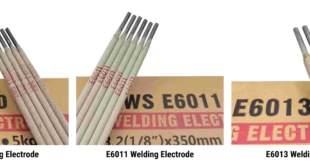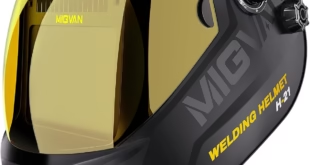Selecting Filler Metals for Gas Welding
Introduction
When it comes to gas welding, choosing the right filler metal is crucial for ensuring strong, durable, and high-quality welds. The filler metal you select can make or break your welding project, affecting everything from the weld’s strength and appearance to its resistance to corrosion. In this comprehensive guide, we’ll dive into the intricacies of selecting filler metals for gas welding, providing you with the knowledge you need to make informed decisions for your welding needs.
Understanding Filler Metals
What Are Filler Metals?
Filler metals are materials used in welding to join two pieces of metal together. They melt during the welding process and fill the gap between the base metals, creating a strong bond. The choice of filler metal is critical because it directly influences the mechanical properties and integrity of the weld.
Role of Filler Metals in Gas Welding
In gas welding, filler metals serve several essential functions. They not only fill the joint but also contribute to the chemical composition of the weld pool, affecting the final properties of the weld. The right filler metal ensures compatibility with the base metals and helps achieve the desired mechanical and chemical characteristics of the welded joint.
Factors to Consider When Choosing Filler Metals
Metal Compatibility
The most important factor in selecting a filler metal is its compatibility with the base metals being welded. Using an incompatible filler can lead to weak welds, cracking, and other issues. Always check the manufacturer’s recommendations for filler metal compatibility with specific base metals.
Welding Position and Technique
Different welding positions (such as flat, vertical, or overhead) and techniques (like TIG or MIG) may require specific types of filler metals. Some filler metals are designed to perform better in certain positions or with particular techniques, so it’s important to match the filler metal to your welding setup.
Mechanical Properties and Strength Requirements
Consider the mechanical properties needed for the final weld. This includes tensile strength, ductility, and toughness. The filler metal should match or exceed the mechanical properties of the base metals to ensure a strong weld.
Corrosion Resistance
If the welded joint will be exposed to corrosive environments, choose a filler metal with adequate corrosion resistance. This is especially important for applications in marine, chemical, or outdoor environments where the weld must withstand harsh conditions.
Cost and Availability
While performance is key, practical considerations like cost and availability also play a role. High-performance filler metals can be expensive, so it’s essential to balance performance with budget constraints. Additionally, ensure that the selected filler metal is readily available to avoid project delays.
Common Types of Filler Metals
Carbon Steel Filler Rods
Carbon steel filler rods are commonly used for welding mild and carbon steels. They offer good strength and are cost-effective, making them a popular choice for general-purpose welding. Common types include ER70S-6, which provides excellent weldability and clean welds even on slightly contaminated surfaces.
Stainless Steel Filler Rods
Stainless steel filler rods are designed for welding stainless steel materials. They provide excellent corrosion resistance and maintain the integrity of stainless steel welds, making them ideal for applications requiring durability and aesthetic appeal. ER308L is a widely used stainless steel filler rod known for its low carbon content, which helps prevent carbide precipitation and ensures high-quality welds.
Aluminum Filler Rods
Aluminum filler rods are used for welding aluminum and aluminum alloys. They are lightweight and provide good corrosion resistance, making them suitable for automotive, aerospace, and marine applications. ER4043 is a popular aluminum filler rod that offers good fluidity and produces smooth welds with minimal cracking.
Copper and Brass Filler Rods
Copper and brass filler rods are used for welding copper and copper alloys. These rods offer good electrical conductivity and corrosion resistance, making them ideal for electrical and plumbing applications. ERCu and ERCuSi-A are common choices, with ERCuSi-A (silicon bronze) also being suitable for joining dissimilar metals.
General Purpose Filler Rods for Different Metals and Alloys
RG45 for General Purpose Welding
RG45 is a general-purpose carbon steel filler rod that is widely used for oxy-fuel welding. It is known for its good weldability and ductility, making it suitable for welding mild steel and wrought iron. RG45 produces a clean weld with a soft arc and is often used in repair work, light fabrication, and sheet metal applications.
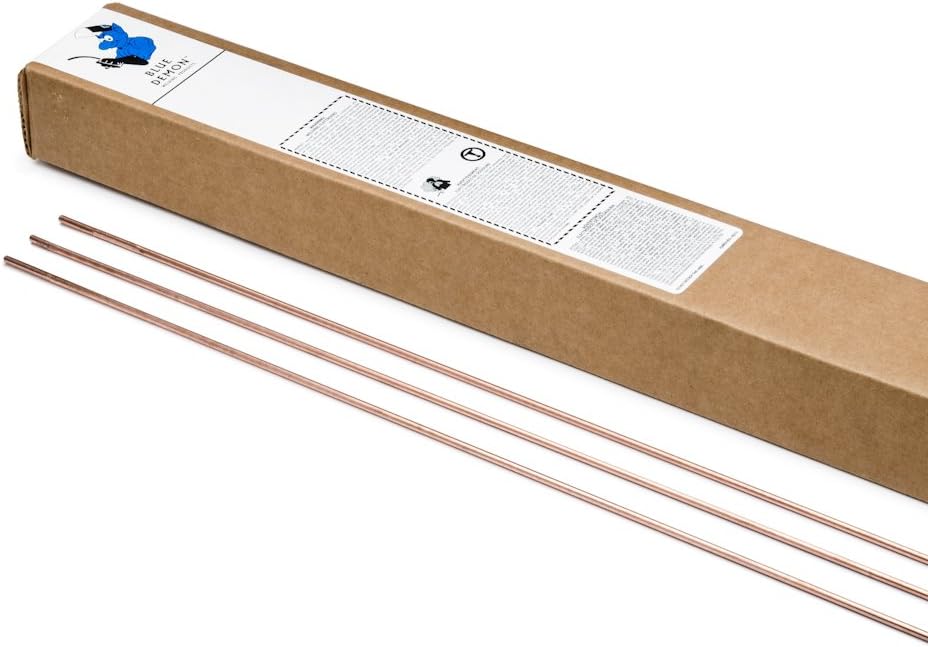
ER70S-6 for Mild and Carbon Steel
ER70S-6 is a versatile and widely used filler rod for welding mild and carbon steel. It contains deoxidizers like manganese and silicon, which help produce a smooth and clean weld bead, even when welding dirty or rusty steel. This makes it an excellent choice for general repairs and fabrication work where surface preparation might not be perfect.
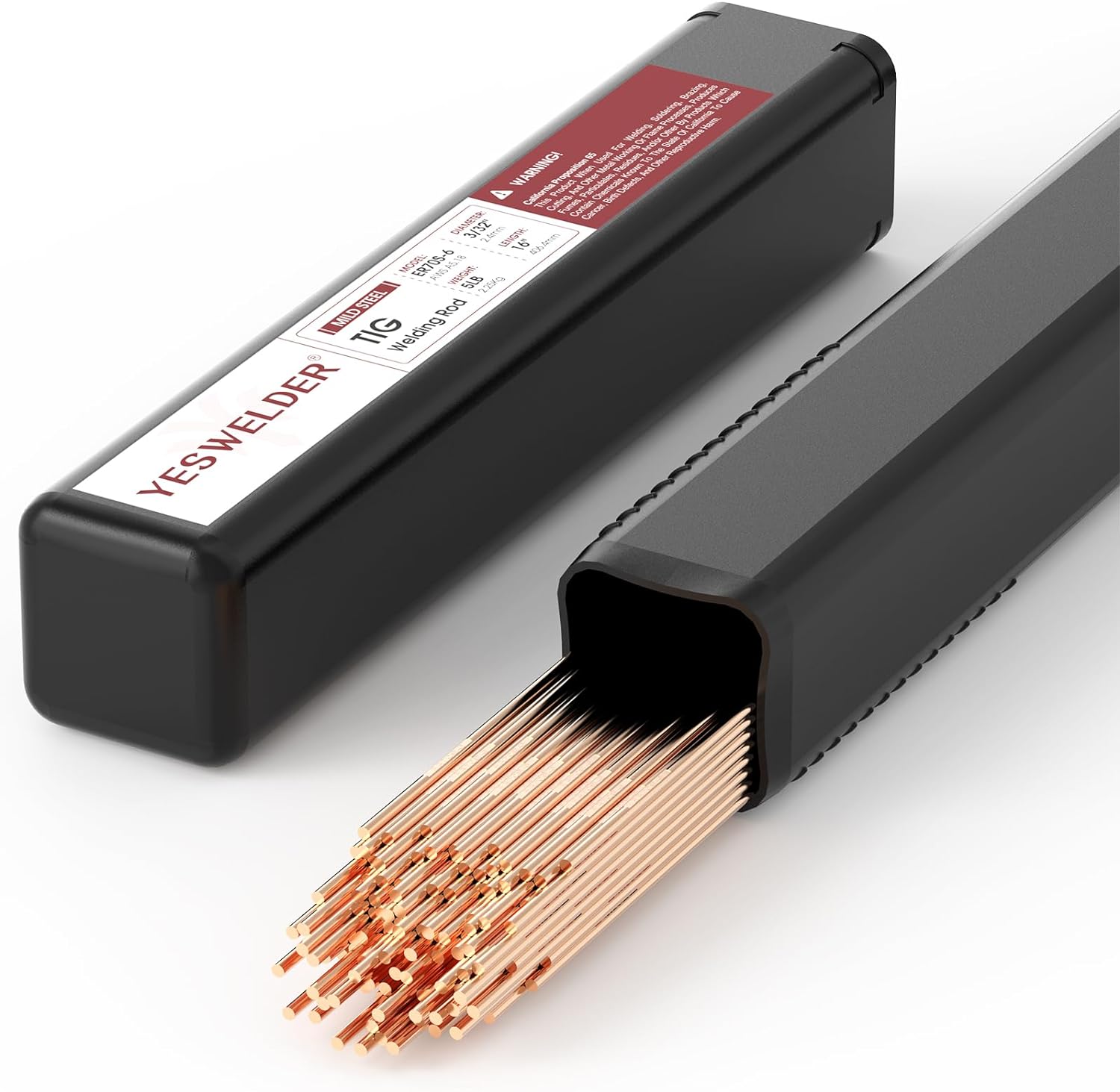
ER308L for Stainless Steel
ER308L is a low-carbon stainless steel filler rod that provides excellent corrosion resistance and is commonly used for welding 304 and 304L stainless steels. Its low carbon content reduces the risk of carbide precipitation, ensuring high-quality welds. This filler metal is ideal for food and beverage processing equipment, chemical containers, and other applications where maintaining corrosion resistance is crucial.
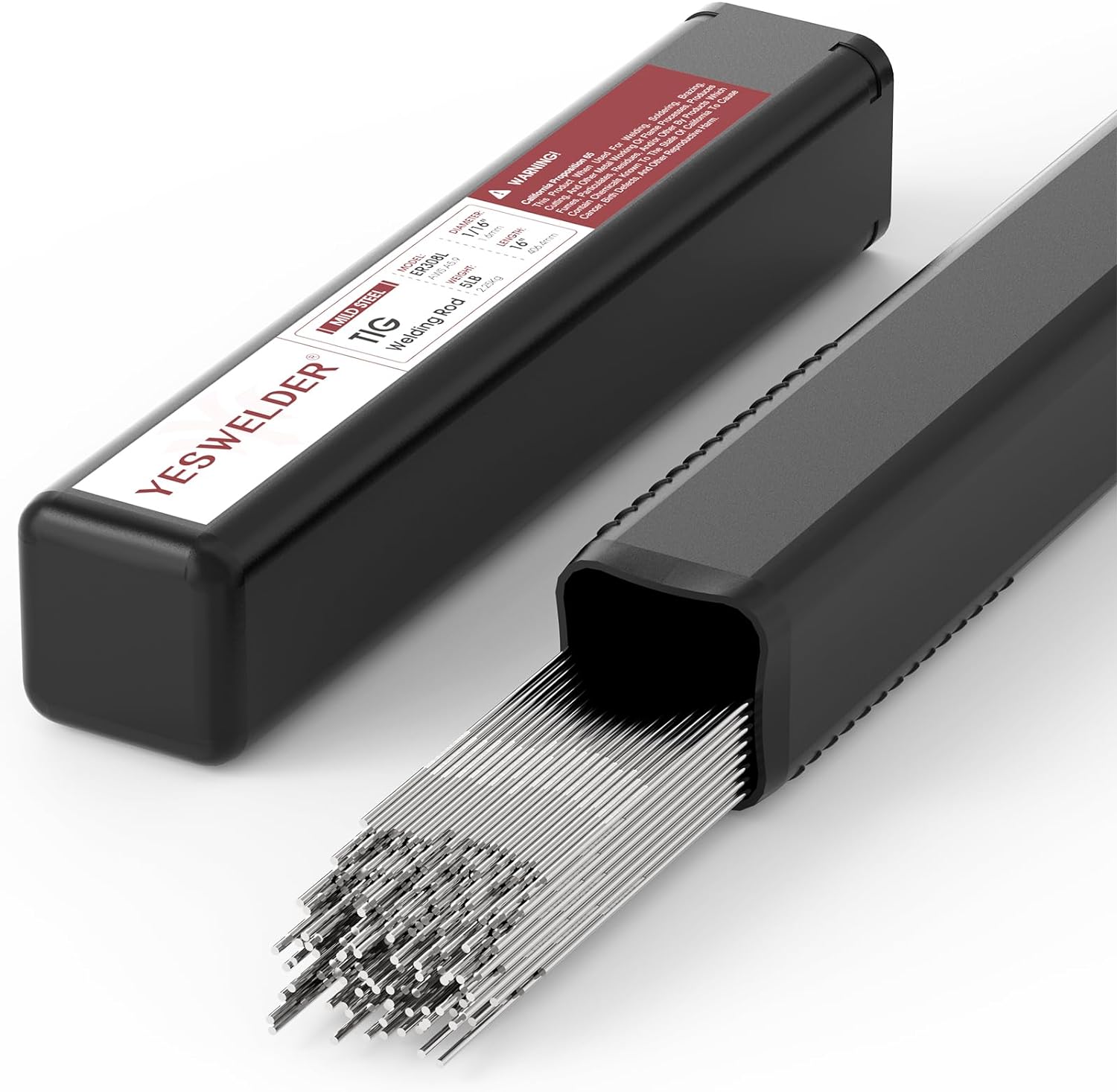
ER4043 for Aluminum Alloys
ER4043 is a popular aluminum filler rod used for welding various aluminum alloys, particularly those in the 6xxx series. It provides good fluidity and produces smooth welds with minimal cracking. This filler metal is commonly used in automotive, aerospace, and construction industries where aluminum is frequently used.
ERCu for Copper and Copper Alloys
ERCu is used for welding copper and copper alloys, offering good electrical conductivity and corrosion resistance. It’s commonly used in applications like electrical work and plumbing where these properties are essential. ERCu filler rods are also used for joining copper pipes and fittings, making them indispensable in HVAC and refrigeration industries.
ERCuSi-A for Silicon Bronze
ERCuSi-A, also known as silicon bronze, is a filler rod used for welding copper, brass, and dissimilar metals. It offers excellent corrosion resistance and is often used in artistic and decorative applications, as well as for joining dissimilar metals. Silicon bronze is highly valued in the maritime industry for its resistance to seawater corrosion and is also used in sculptural and architectural work.
Specialty Filler Metals
High-Strength Alloys
For applications requiring exceptionally strong welds, high-strength alloy filler metals are used. These fillers are designed to provide superior tensile strength and toughness, making them suitable for structural and heavy-duty applications. Examples include ER120S-1 and ER110S-G, which are used in high-stress environments such as bridges, buildings, and heavy machinery.
Nickel-Based Alloys
Nickel-based filler metals are used for welding nickel and high-nickel alloys. They offer excellent corrosion resistance and high-temperature performance, making them ideal for use in harsh environments such as chemical processing and power generation. Nickel-based fillers like ERNiCrMo-3 are used in applications that demand exceptional durability and resistance to oxidation and corrosion.
Titanium Alloys
Titanium filler metals are used for welding titanium and titanium alloys. These fillers provide excellent strength-to-weight ratio and corrosion resistance, making them suitable for aerospace, medical, and marine applications. Filler rods like ERTi-1 and ERTi-2 are used in industries where lightweight and high-strength materials are essential, such as in aircraft and spacecraft construction.
Tips for Storing and Handling Filler Metals
Proper Storage Conditions
To maintain the quality of filler metals, store them in a dry, clean environment. Exposure to moisture can lead to oxidation and contamination, which can compromise weld quality. Use sealed containers or moisture-resistant packaging whenever possible. For critical applications, consider using heated storage to prevent any moisture absorption.
Handling Tips to Avoid Contamination
When handling filler metals, avoid contact with oil, grease, or other contaminants. Use clean gloves and tools to handle filler rods, and ensure that your workspace is free from contaminants that could affect the welding process. Additionally, label and organize your filler metals to prevent mix-ups and ensure that each rod is used for its intended purpose.
Best Practices for Using Filler Metals in Gas Welding
Preparation of Base Metals
Proper preparation of base metals is essential for achieving high-quality welds. Clean the surfaces thoroughly to remove any dirt, rust, or oil. Use appropriate tools to grind or brush the metals before welding. For aluminum and stainless steel, use dedicated brushes to avoid cross-contamination from other metals.
Proper Welding Techniques
Follow recommended welding techniques for the specific filler metal and base metal combination. Adjust your torch settings, welding speed, and angle to ensure optimal penetration and fusion of the metals. Practice consistent welding techniques and consider preheating thicker materials to improve weld quality and reduce the risk of cracking.
Post-Weld Treatments
After welding, perform any necessary post-weld treatments to enhance the properties of the weld. This may include processes like heat treatment, grinding, or applying protective coatings to improve the durability and appearance of the weld. Post-weld heat treatment is particularly important for certain alloys to relieve stresses and improve mechanical properties.
FAQs
What is the difference between ER70S-6 and ER70S-2 filler rods?
ER70S-6 contains higher levels of deoxidizers like manganese and silicon, making it more suitable for welding dirty or rusty steel. ER70S-2, on the other hand, has lower levels of deoxidizers and is typically used for cleaner steel surfaces.
Can I use the same filler rod for different types of metals?
While some filler rods can be used for multiple types of metals, it’s generally best to use a filler rod specifically designed for the metals you’re welding to ensure compatibility and optimal weld quality.
How do I know if I need a specialty filler metal?
You may need a specialty filler metal if your application requires high strength, corrosion resistance, or performance at high temperatures. Consider the specific requirements of your project and consult manufacturer guidelines to determine if a specialty filler metal is necessary.
What are the consequences of using the wrong filler metal?
Using the wrong filler metal can lead to weak welds, cracking, poor corrosion resistance, and other issues that compromise the integrity and longevity of the weld. It’s crucial to select the appropriate filler metal for your specific application.
How should I store my filler rods to maintain their quality?
Store filler rods in a dry, clean environment, preferably in sealed containers or moisture-resistant packaging. Avoid exposure to moisture and contaminants to maintain the quality and performance of the filler metals.
Conclusion
Selecting the right filler metal for gas welding is a critical step in ensuring the success and longevity of your welds. By considering factors like metal compatibility, mechanical properties, corrosion resistance, and practical considerations like cost and availability, you can make informed decisions that lead to high-quality, durable welds. Whether you’re working with carbon steel, stainless steel, aluminum, copper, or specialty alloys, the right filler metal will help you achieve your welding goals with confidence.
 Welding of Welders All about Welding and Welders
Welding of Welders All about Welding and Welders
